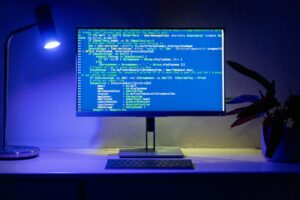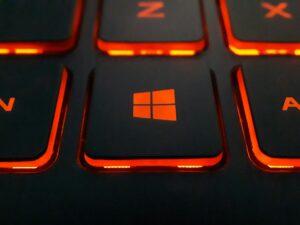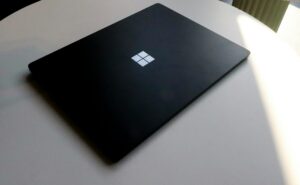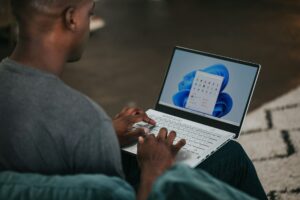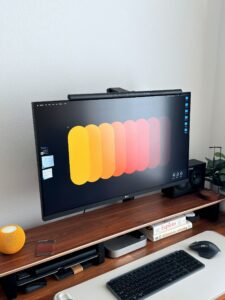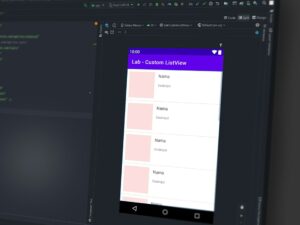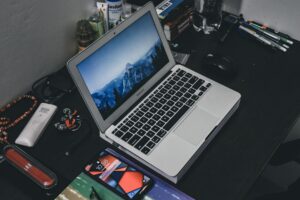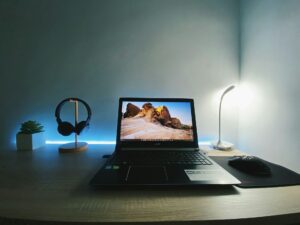How to Make Images Generated by Artificial Intelligence Look Realistic
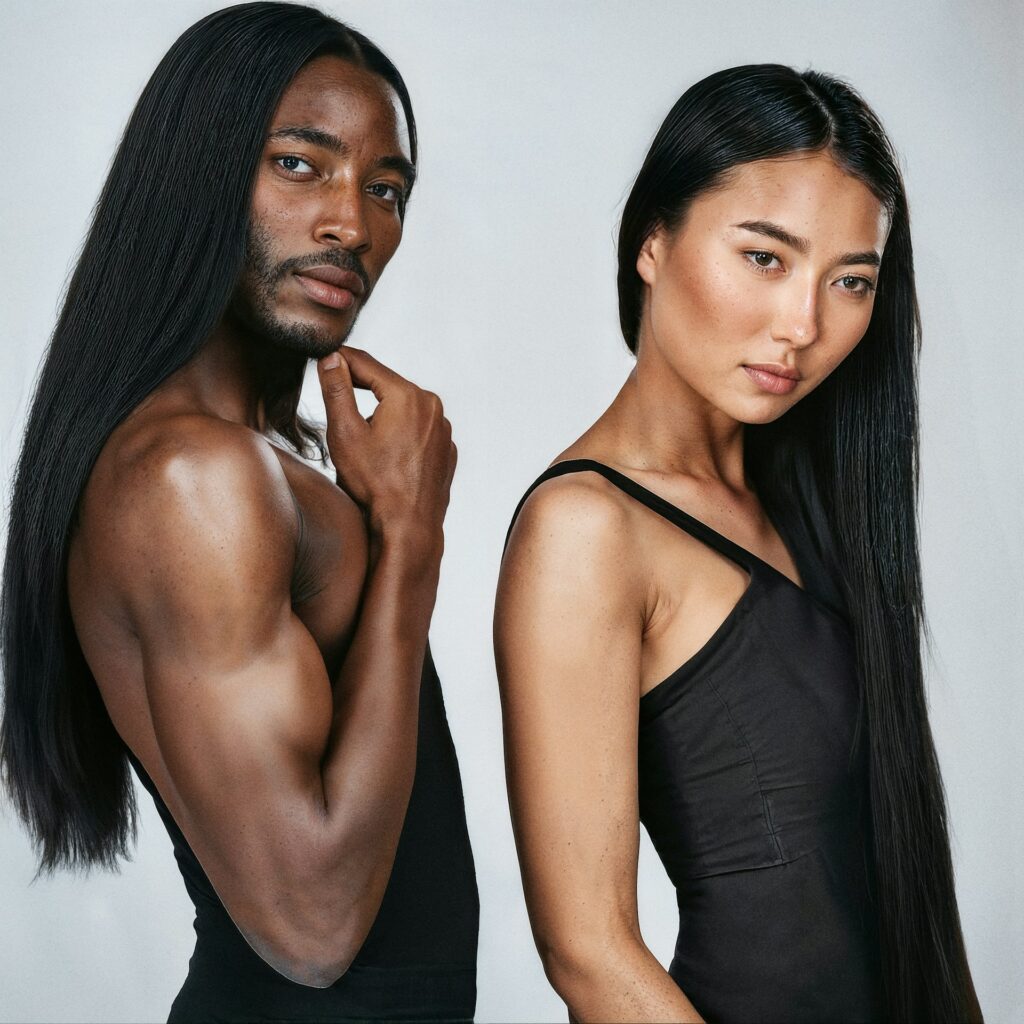
How to Make Images Generated by Artificial Intelligence Look Realistic
When it comes to the creation of images, AI techniques have opened up an altogether new avenue. AI-generated pictures may be surprisingly convincing, and they can be used for anything from commercial mockups to conceptual art. However, there are occasions when they still seem to be a bit wrong. Perhaps it is the lighting, the textures, or even the little irregularities that lead one to believe that a picture was manufactured by a computer.
If you’ve ever attempted to create a picture and thought to yourself, “This almost looks real,” you are not alone in that experience. What you do after the artificial intelligence has completed its task is often the deciding factor in determining if something is “almost real” or “completely convincing.” There is a way to improve, polish, and turn pictures created by artificial intelligence into graphics that seem to be really realistic.
Obtain an understanding of what seems to be unreal.
Before beginning the editing process, it is helpful to identify the factors that cause an artificial intelligence picture to seem false. Hands that are uncomfortable, reflections that do not match, shadows that are irregular, or surfaces that seem to be too smooth or too glossy are examples of inconsistencies that often occur. There is a possibility that the textures could seem flat, or that the depth of field will be absent, resulting in everything appearing to be sharp.
An further indicator is the lighting. When light interacts with things in the real world, it does so in a variety of intricate ways, including casting shadows that are either soft or harsh, bouncing off surfaces, and producing subtle gradients. There are occasions when artificial intelligence forgets this, resulting in illumination that seems strange or uneven across the picture.
Add imperfections that are based on the real world.
It is unusual for realistic photos to seem flawless. There are often minute imperfections in photographs, such as a small grain, lens blur, or uneven illumination. These flaws actually contribute to the overall sense of realism seen in a picture.
Once your AI picture has been generated, you should import it into an application that allows you to modify it, such as Photoshop or Lightroom. To simulate the behavior of genuine camera sensors, you may use grain or subtle noise. If you want to have a shallow depth of field, you may do this by adding a little blur to the backdrop. This will bring attention to your subject and prevent you from getting the “everything is equally sharp” effect that is artificial.
In some instances, the use of a very light vignette, which involves subtly darkening the corners, may also assist in establishing the subject and producing a more photographic atmosphere.
Try to match the lighting and color to the actual.
Odd lighting can be produced by even the most advanced artificial intelligence models. Perhaps the shadows do not correspond to the light source, or perhaps there are several light sources that do not make sense. Adjust this using the editing tools you have available. It is vital to paint in soft shadows in order to attach items to the ground, and it is also necessary to adjust the highlights and shadows in order to create consistency.
Pay attention to the warmth of the color as well. If the general appearance of your artificial intelligence picture is too chilly or too warm, making a modest modification to the white balance might make it seem more real. Warm highlights are often coupled with colder shadows, or vice versa, in realistic photos. This kind of subtle hue contrast appears frequently.
Textures and surfaces should be refined.
Textures have the power to either build or shatter realism. Images created by artificial intelligence may sometimes yield surfaces that seem oddly plastic or excessively smooth. Restoring realistic detail may be accomplished via the use of texture overlays or by using methods such as dodge and burn.
When it comes to pictures, this might mean including real skin texture or minimizing regions that have been heavily airbrushed. When it comes to product photography, this may imply drawing attention to tiny distinctions in the materials used, such as the matte finish of cloth or the sheen of metal.
Correct the proportions and the perspective.
An artificial intelligence picture may have the appearance of being nearly genuine, but there may be a minor flaw in it. For example, the perspective may not be quite right, or the proportions may seem odd. Make use of transformation tools in order to alter item placement, as well as fix perspective and straighten lines, in order to ensure that everything aligns organically inside the picture.
It is important to pay special attention to horizon lines and vanishing points while photographing interiors or other types of architecture. Simple adjustments may have a significant impact on the level of realism.
Combine images created by artificial intelligence with real photographs.
The combination of artificial intelligence-generated components with genuine photography elements is yet another strong method. You could, for instance, replace a created sky with a real one, add realistic textures that you have taken yourself, or blend artificial intelligence things into a backdrop that is really there.
You may get the creative flexibility of artificial intelligence by combining genuine photography data with AI content. This allows you to achieve the authenticity of real-world textures and lighting.
Put your faith in your own eyes, and make use of reference photographs.
When it comes to improving photographs created by AI, having genuine reference photos is helpful. Investigate the way shadows fall, the way surfaces reflect light, and the appearance of natural skin tones in their natural state. The comparison of your artificial intelligence picture with genuine photographs highlights areas in which your edit still seems to be artificial and assists in directing your improvements.
Putting the finishing touches on AI drafts: some concluding thoughts
AI is capable of producing remarkable initial drafts, but the transformation of those drafts into visuals that are genuinely realistic nearly always involves the involvement of a human. The transformation of AI-generated graphics into convincing and polished outcomes may be achieved by first gaining a knowledge of the reasons why an image seems to be synthetic and then meticulously adding natural defects, fixing lighting, and enhancing texturing.
This method, when it is at its most effective, combines the creative speed of artificial intelligence with the trained eye and intuition of a human artist. It is through this combination that pictures that are genuinely realistic and compelling are brought to life.
